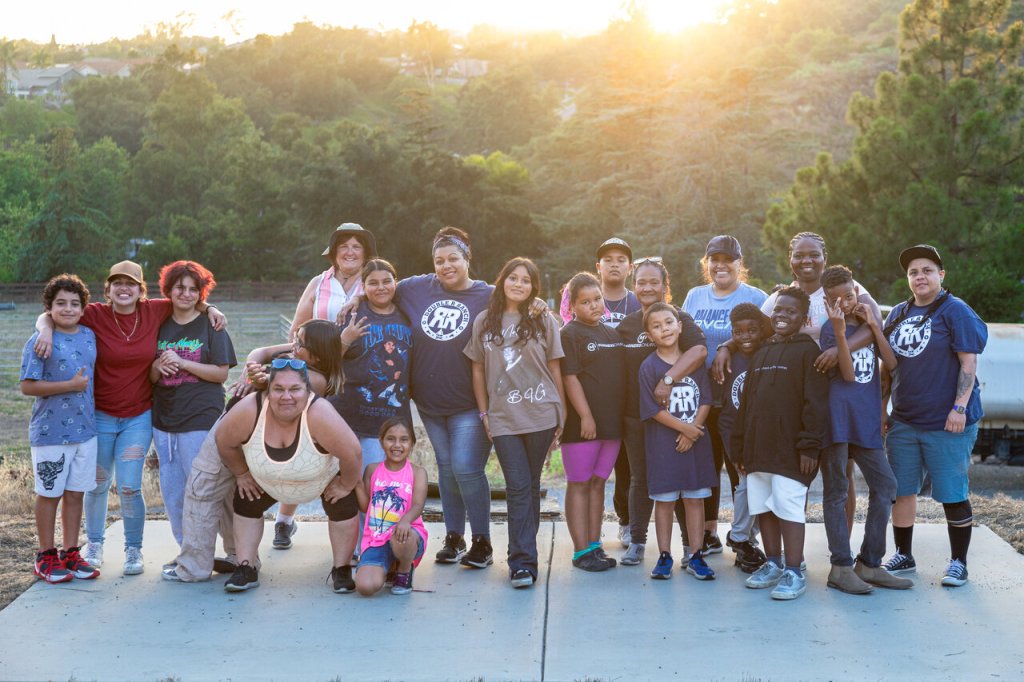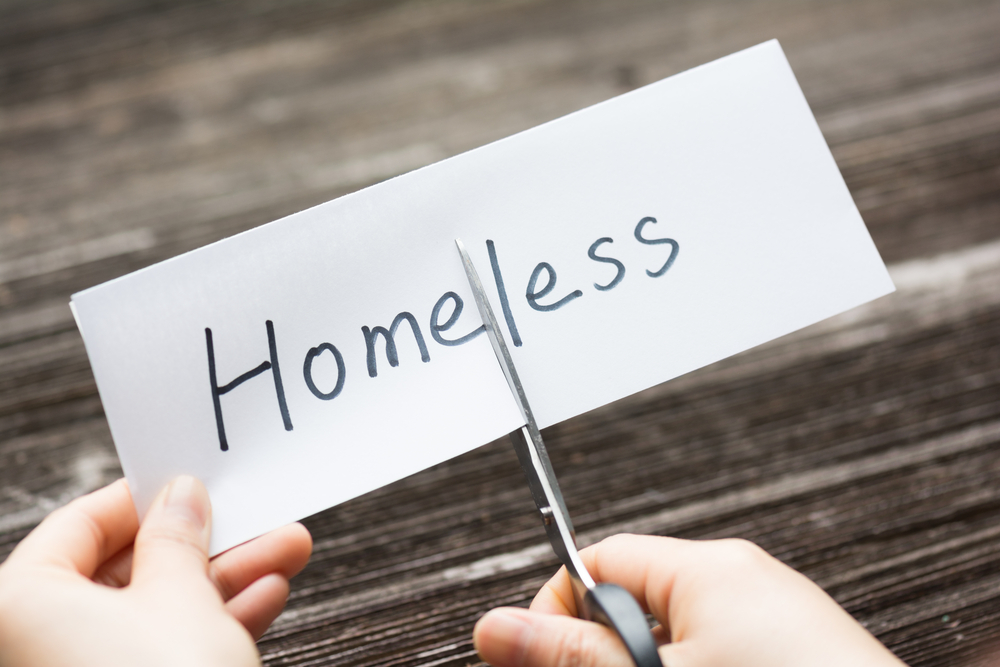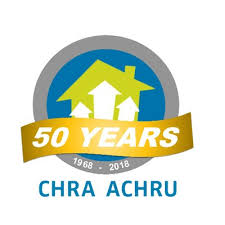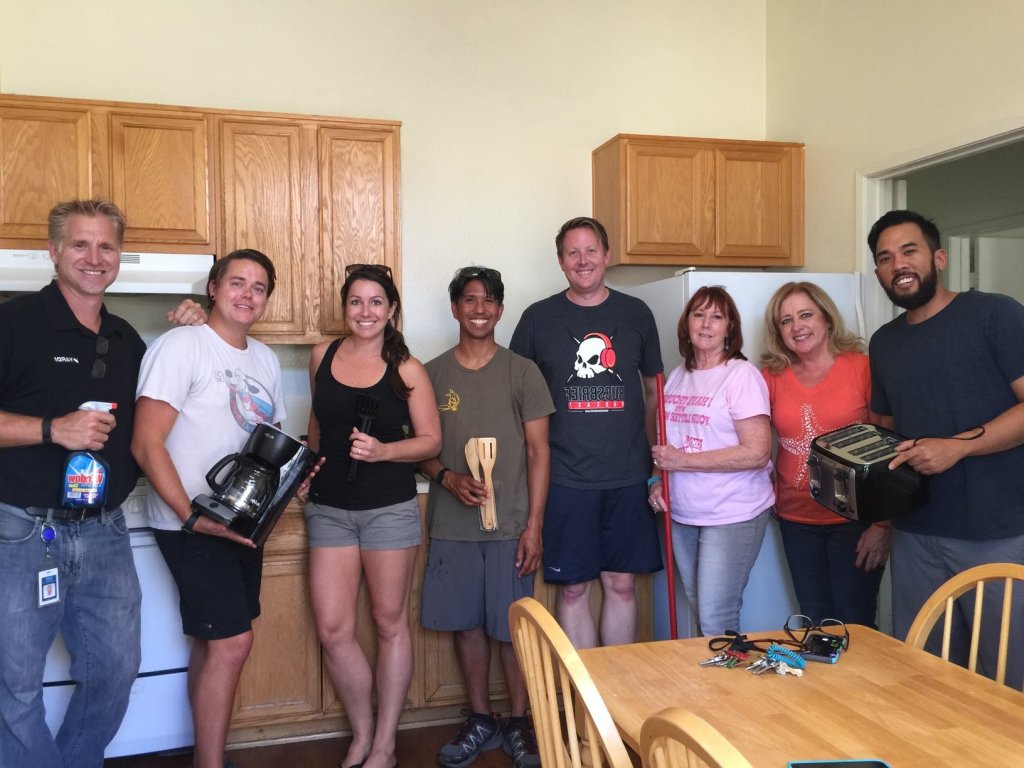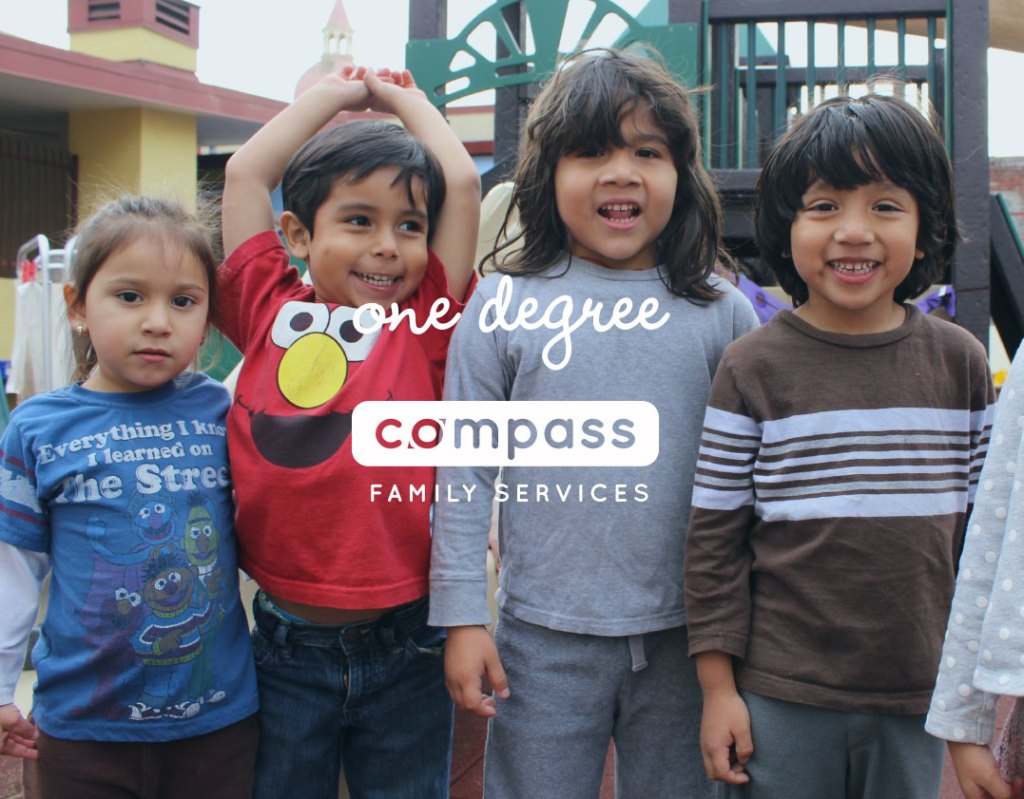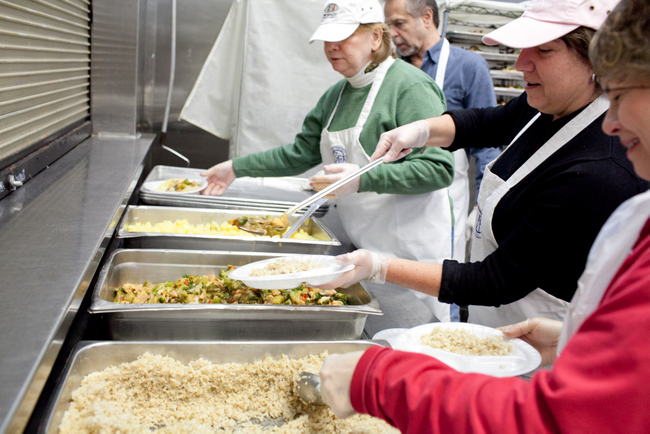Empowering youth homelessness support with 360°kids
Every young person deserves a safe place to call home, a community to support them and a future filled with possibility. Yet, too many youth in Canada face homelessness and instability. That’s where 360°kids comes in. This York Region-based organization provides life-changing youth homelessness support, helping young people find security and hope. A safety net […]

